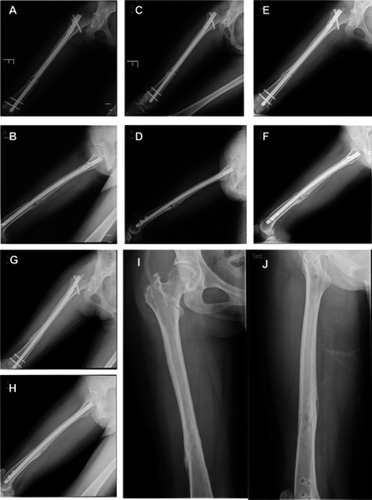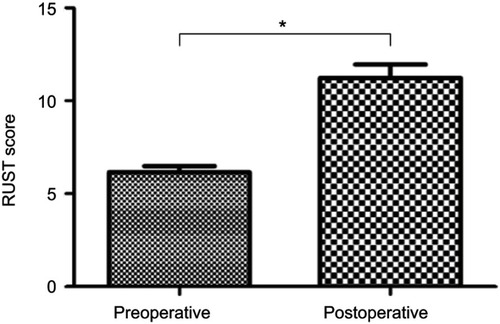Figures & data
Table 1 Patient characteristics
Figure 1 The steps of the procedure. (A) Fracture nonunion; (B) multiple drilling of the nonunion site from different angles; (C) autologous bone marrow grafting.
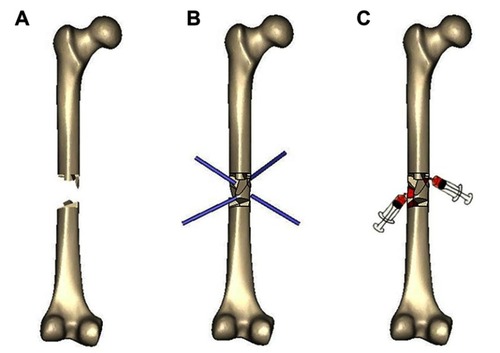
Figure 2 Intraoperative photographs of a patient with femoral shaft nonunion. (A) The drilling process; (B and C) fluoroscopy during drilling; (D) fluoroscopy-guided placement of the tip of a concentrated bone marrow (BM) syringe needle in the nonunion gap.
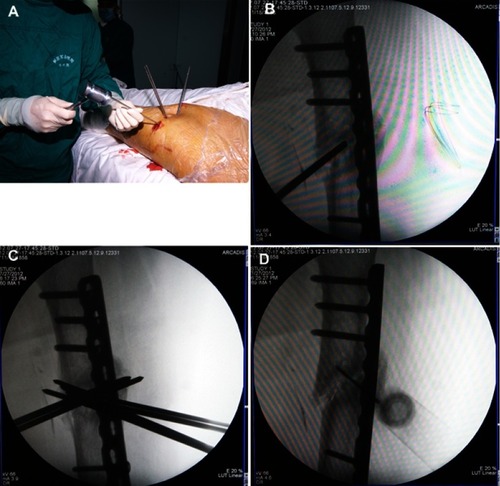
Figure 3 BM transplantation of a 44-year-old male patient. (A and B) Postoperative result immediately after multidirectional percutaneous drilling and autologous concentrated bone marrow (BM) transplantation in a 44-year-old male patient; (C and D) 1 month postoperatively; (E and F) bony union, achieved 3 months postoperatively; (G and H) complete remodeling of the callus obtained at 19 months postoperatively.
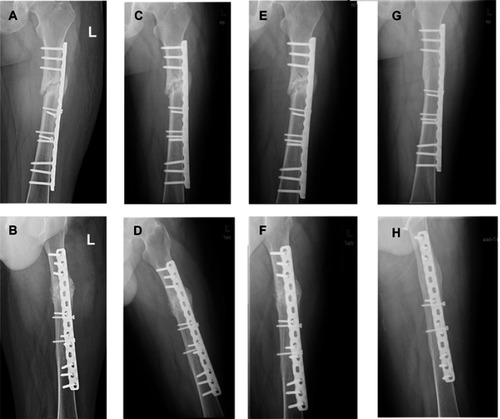
Figure 4 Bone marrow (BM) transplantation of a 25-year-old female patient. (A and B) Radiographs of femoral shaft nonunion in a 25-year-old female patient; (C and D) postoperative result immediately after multidirectional percutaneous drilling and autologous concentrated BM transplantation; (E and F) 1 month postoperatively; (G and H) bony union, achieved 4 months postoperatively; (I and J) radiological results after removal of the intramedullary nail.
